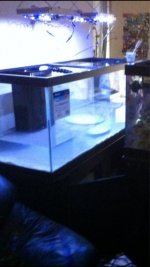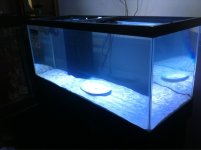I'm about to add my carib sea fiji pink dry sand and was wondering if you're supposed to rinse it first? Its going into a new setup. Also, are you supposed to cure dry rock? I saw a video on reef tutor where the host cures dry rock for weeks before adding to the tank. I thought you only did this with live rock? Would I have to do that in a new system?
Thanks.
Thanks.







